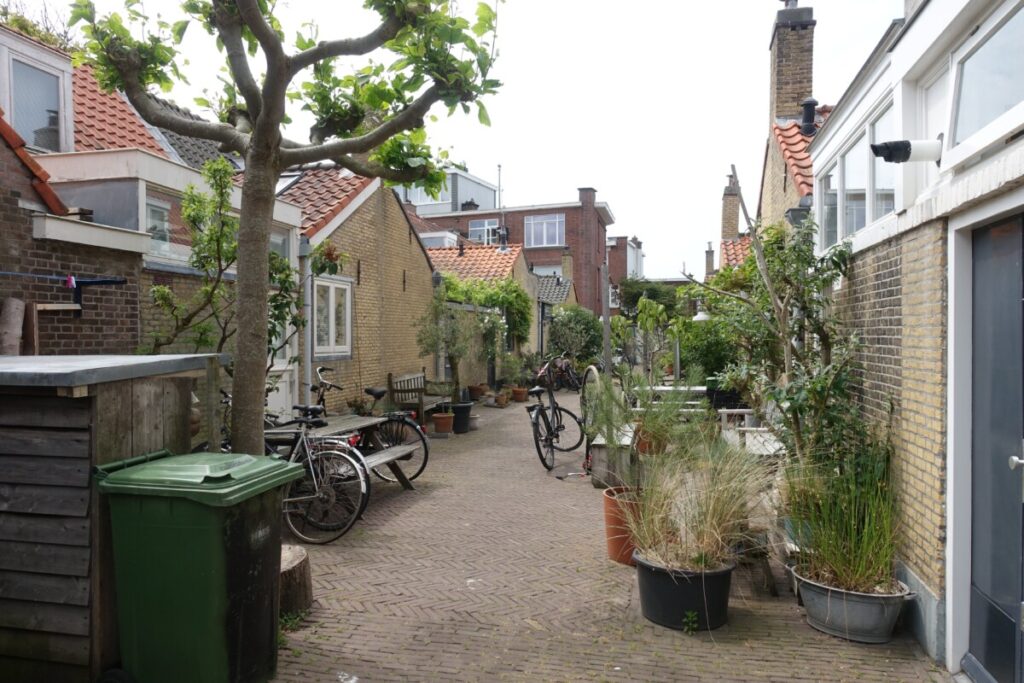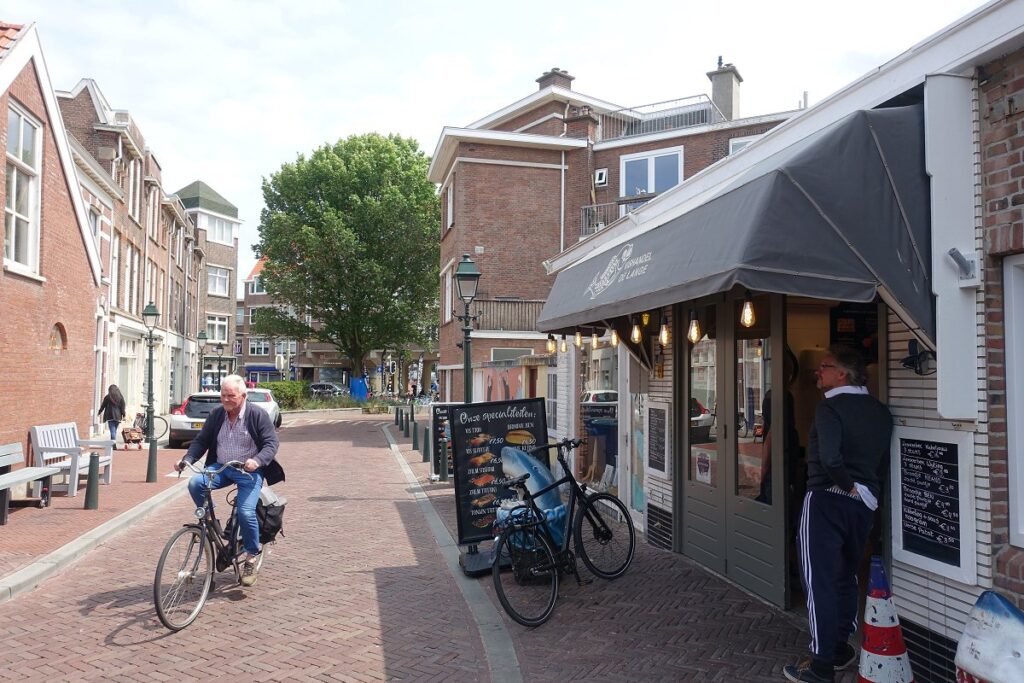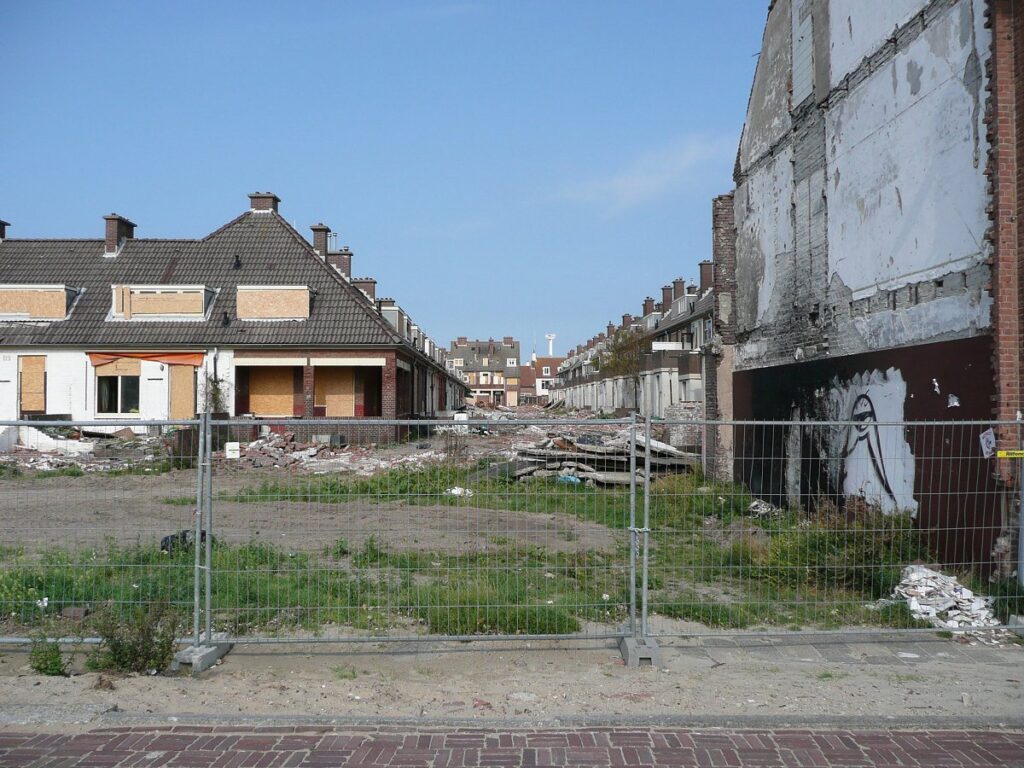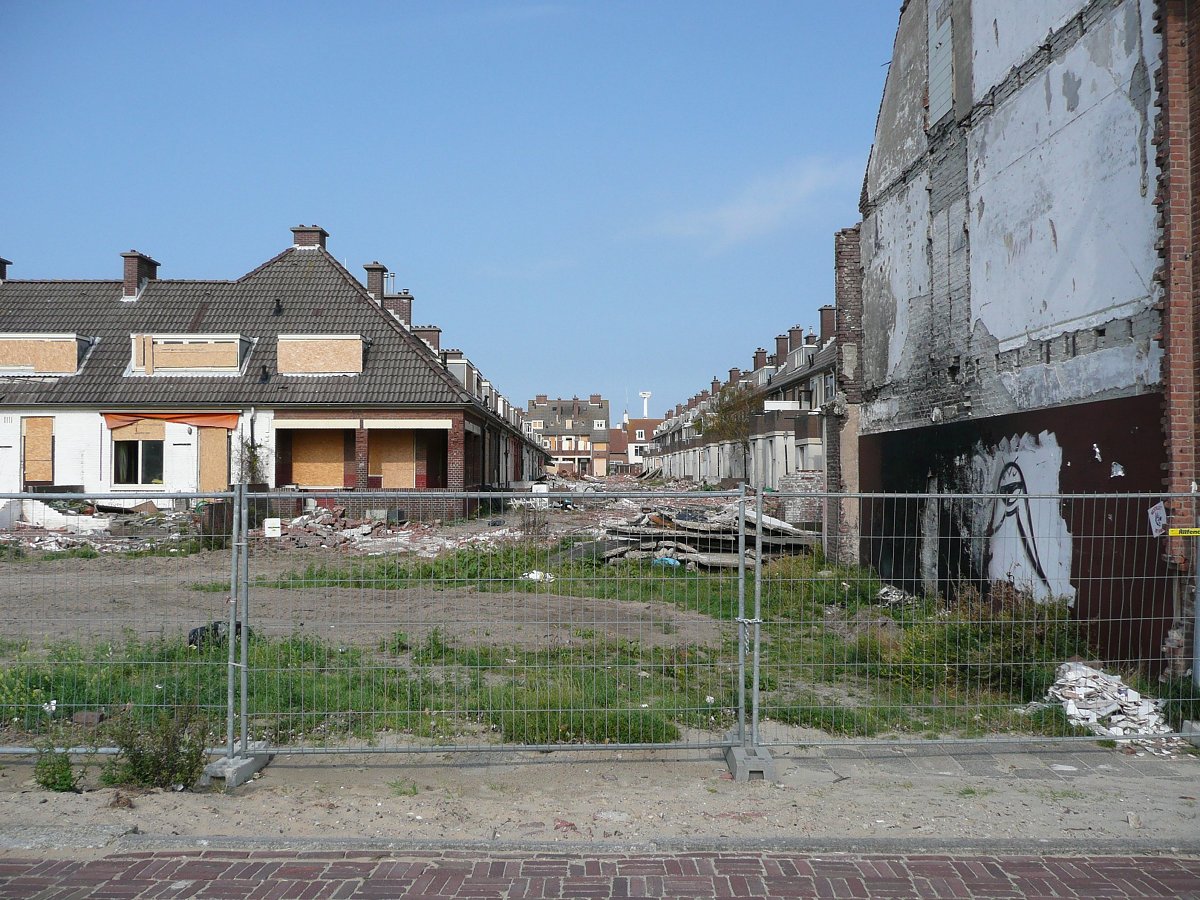Scheveningen Project
Architecture, (public) space and infrastructure of cities and villages mirror the social structure of societies in spatial terms. Favas.net has investigated this structure in numerous projects in recent years. A long-running case in this context is the coastal town of Scheveningen (Netherlands). This case concerns the social life of this place over the years. The spatial and social structure as reflected in the urban structure is visualised and explained in completed and upcoming research. In this context, the relationship between the function of fishing village and seaside resort is considered in particular, or rather the possible tension between local community and tourist destination, including the downsides of gentrification.

Themes
In this project, the situation for coastal towns such as Scheveningen is investigated on the basis of four themes:
= The village, as a historical settlement and current centre;
= The function as seaside resort and relations with the hinterland (in the case of Scheveningen, this hinterland is the city of The Hague);
= The harbour and associated business activities;
= Housing and urban renewal.

References
Social structure of societies in spatial terms. We assume that Scheveningen is representative of many European places. To check, a shortlist of these places in different countries is being worked on, for the time being only in northwestern Europe. Preliminary selection:
Blankenberge (Belgium), Fécamp (France), Hanstholm (Denmark), Hastings (England), Peterhead (Scotland), Sandefjord (Norway).
To be continued …

Acknowledgements
This project is taking place under the auspices of Favas.net (Rob van der Bijl) in collaboration (so far) with the magazine Blauwe Kamer, Dag van de Architectuur and various other institutions and especially with many stakeholders in and around the places concerned.

Texts and images: Favas.net

